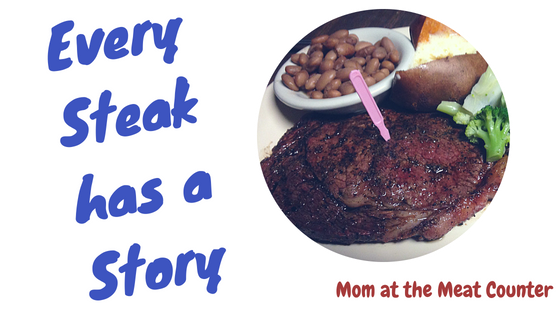May is National Beef Month. I don’t know who decides these
months or why, but I’m glad we have a whole month devoted to a protein that I
love to eat and raise. I have been mulling on the idea for this post for a
while and figured May would be a great time to put my thoughts on paper, or
technically, computer screen.
I love to do farm tours. We take a group of ladies on our
annual Moms on the Farm
Tour here in Northwest Arkansas, but we also do tours with students and
other groups. A few years ago, I had some friends from Dallas come to town and
ask me for something fun to do with their kids and I said, “Want to go see a
dairy?” And we did. We toured a local dairy and had a great time!
On these tours, everyone loves to hear the farm story; how
long the farm has been in operation, how many generations of this family have
operated the farm, what crops have been raised there over the years. We love to
see those farm stories in the grocery store, too. Several food companies do a
great job of sharing the stories of their farmers with their consumers. People
love to go to the farmers market or see ‘locally grown’ on the food they buy. I
think it’s great that so many consumers want to know about their food and the
farmers that produce it.
But, here is what I think people are missing… every steak has a story.
There are about ¾ of a million beef farms and ranches in the
US, and over 91% are family owned or individually operated. The average size of
a cow herd is 40 cows.
That means that most of the beef bought in the US came from
a farmer with a story, just like the one you would hear from our ranch. The
calves from our ranch aren’t sold at the farmers market or to a special store
with our name on it. They go from our place to a backgrounder (like the Peterson Farm
Brothers) or a feedlot operation (like the Feedyard Foodie). I’ve
written a post about the segments
of the beef industry. Then they will be harvested in a commercial facility
and processed into beef that may go to a fancy restaurant or a small grocery
store.
 |
| Cows on snow on the plains, on green grass here in Northwest Arkansas, or in the arid mountains in New Mexico. They all raise beef. |
When you buy a steak
at the store or order one in a restaurant, it could have come from a farm in
Florida or a ranch in Montana. We visited a farm in Hawaii where the cows ate
Noni fruit and lived within view of the Pacific Ocean. That’s the great thing
about beef. Cows can live in very diverse climates and under lots of different
conditions, but they all produce beef.
If you are interested in hearing more stories about farmers
who raise beef and others in the beef industry, check out these blogs:

No comments:
Post a Comment